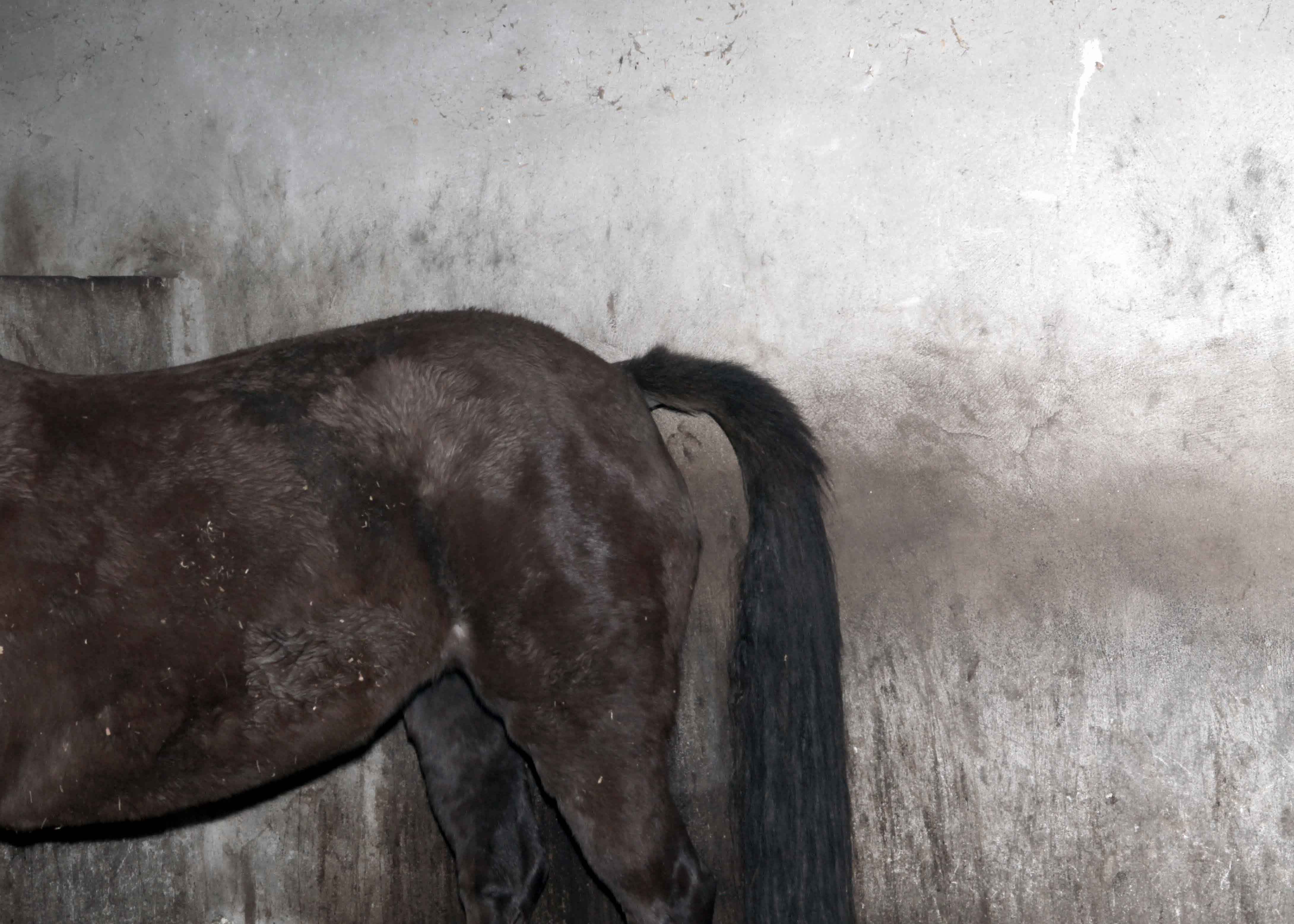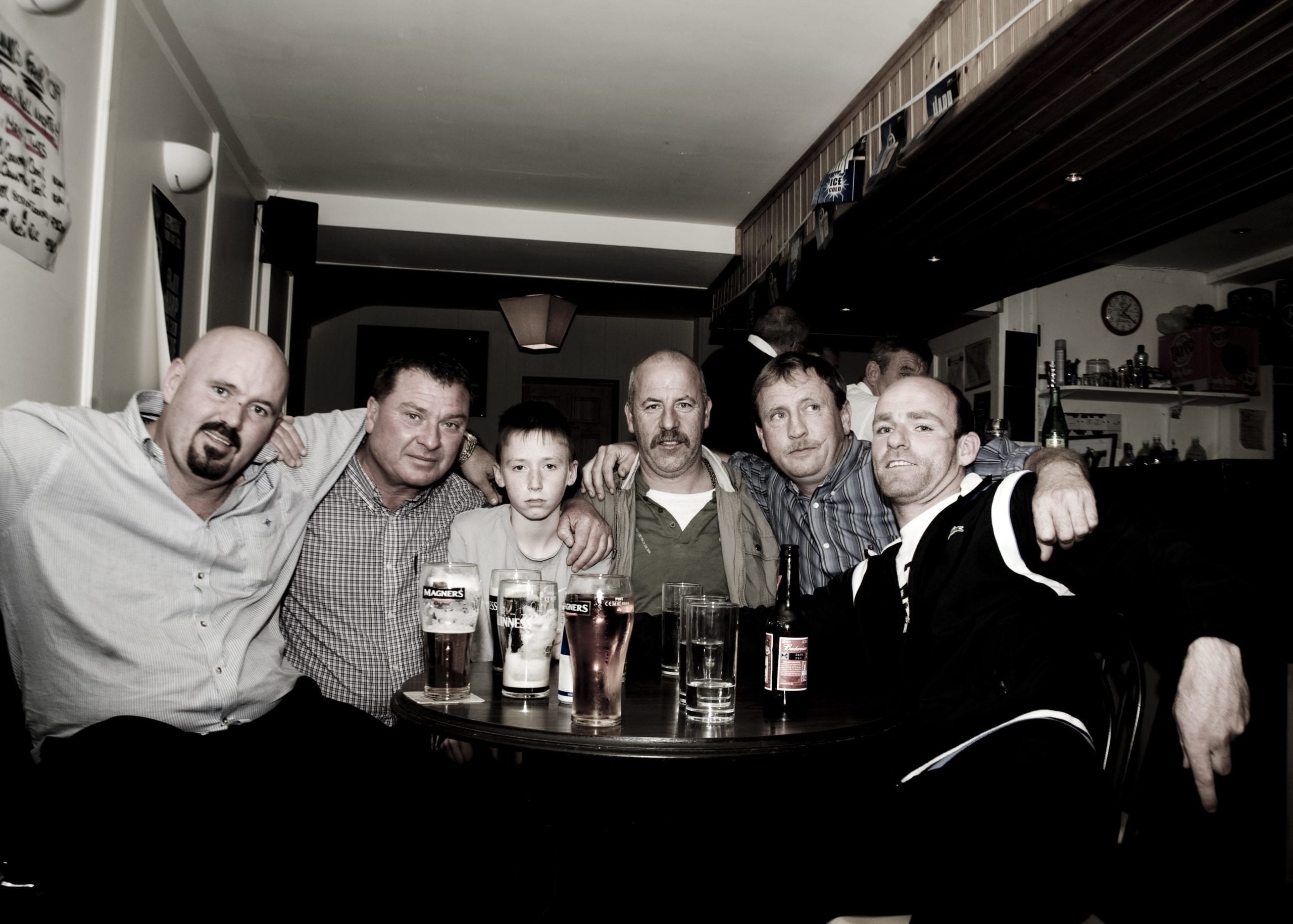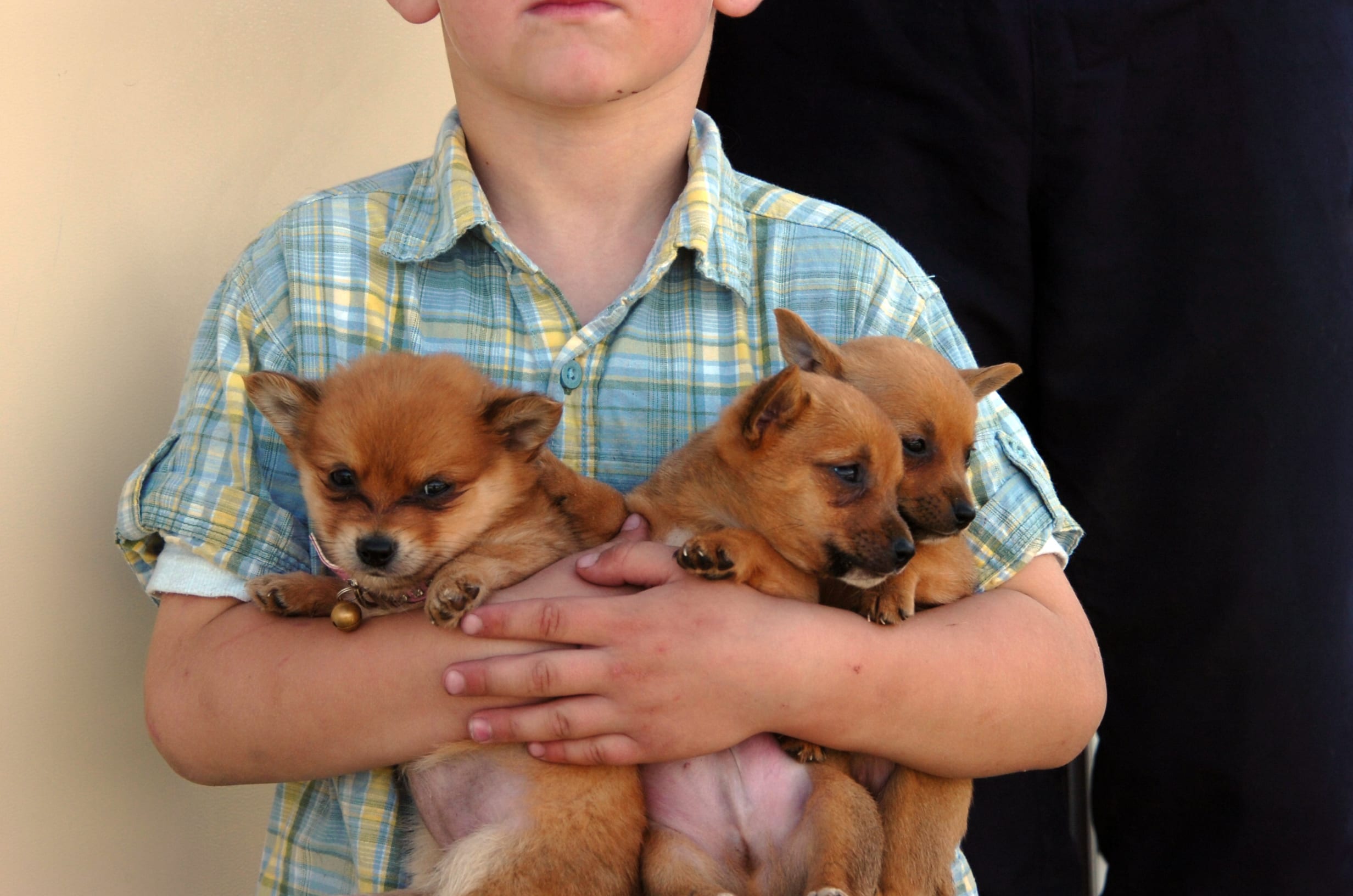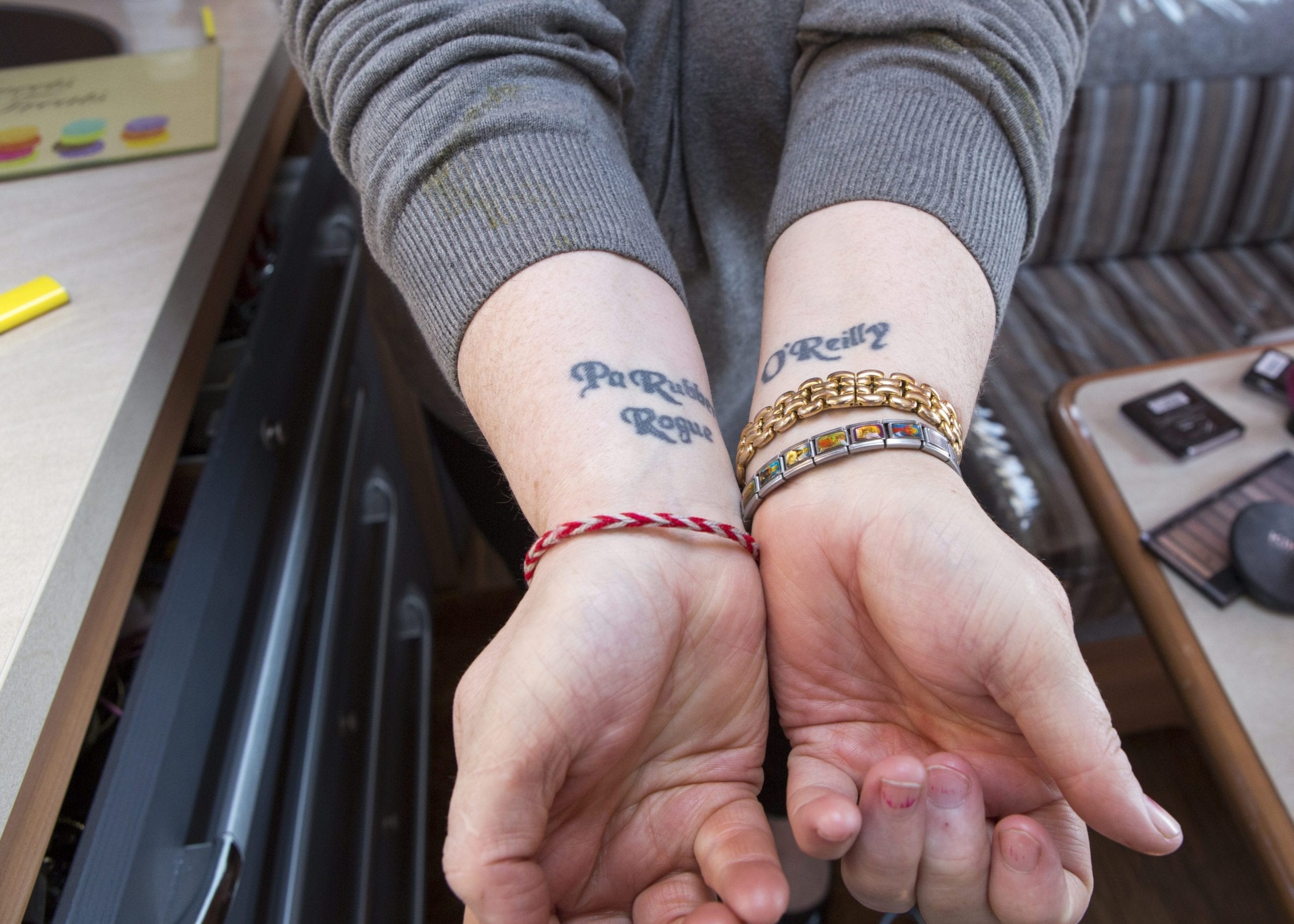At best, images of Britain and Ireland’s travelling communities are romanticised; bow-topped caravans populated by gruff adults and grubby-faced children.
At worst, travellers are characterised as crime-addicted, violent gangsters, living a law onto themselves, taking what they want without a moment’s thought for the rest of this Sceptered Isle.
Northern Irish photographer Chris Barr, who earned his MA in photography from the University of Ulster, wanted more. He wanted to understand who these ancient, prideful, private communities are. And so he has spent the last ten years photographing travellers throughout Ireland as part of his ongoing series Katabasis.
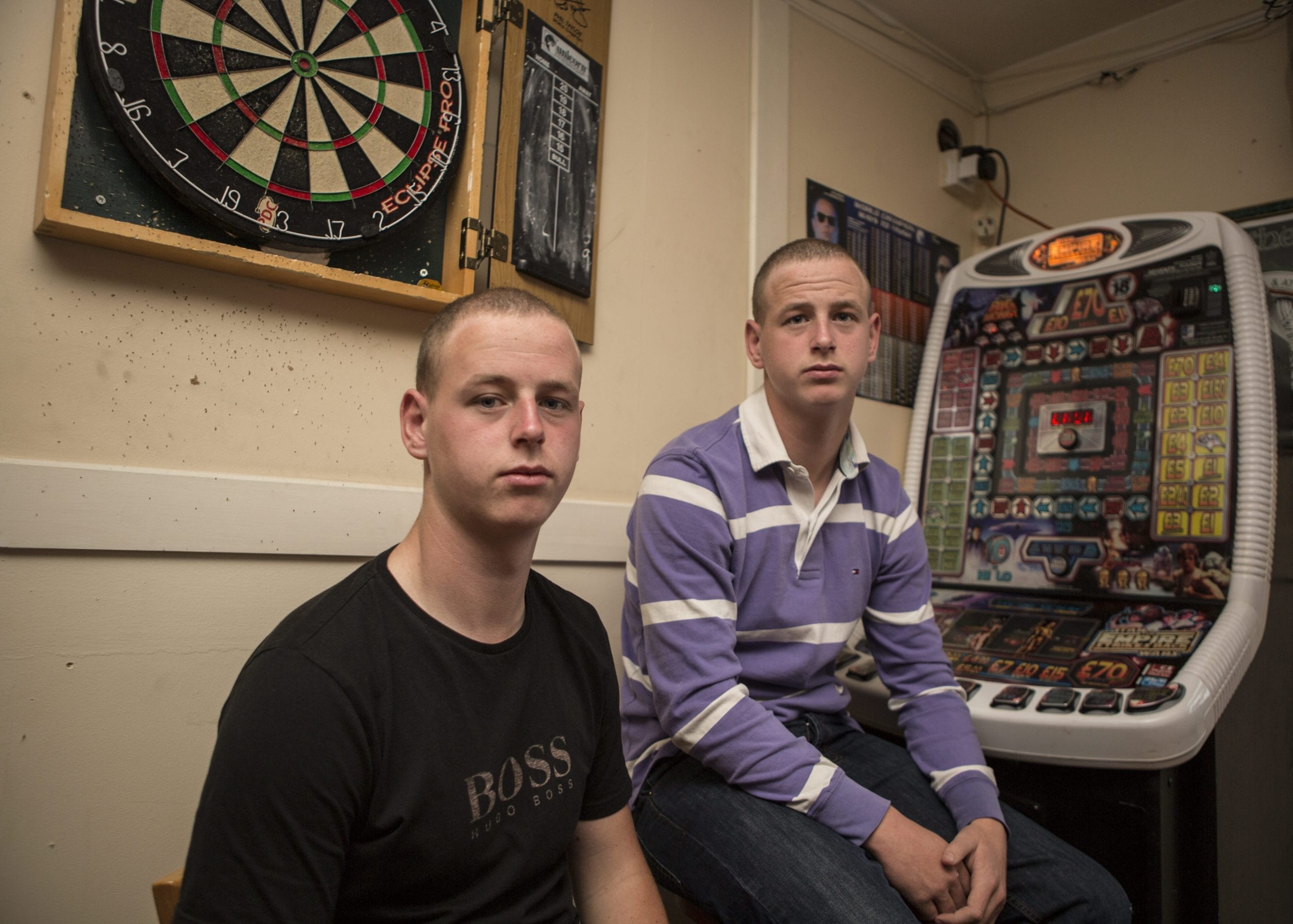
The project began as an exploration of the horse within traveller culture.
“The horse has long been at the heart of the travelling community”, says Barr. “I was interested in how travellers identified their horses. It’s a system handed down from father to son and sits outside the formal methods normally used to identify horses.”
The project evolved into an exploration of gangsterism within the travelling community, focusing on the infamous Irish traveller Pa Rubber Óg O’Reilly.
Barr recalls his first meeting with Pa: “I took a photograph of him bare-chested, riding a child’s motorbike but I hadn’t asked for permission so he quickly chased me down!”
It was during their second chance meeting that Pa invited Chris back to his caravan. “He told me that if a traveller invites you into his caravan then nothing bad will come to pass.”
In Greek mythology, Katabasis describes a trip to the underworld – for Barr, he was immersed in this underworld “metaphorically, physically and psychologically.”
Through the whole experience he drew inspiration from Homer’s Odyssey. “The process of acceptance was far from instantaneous. I was put through a kind of hazing”, Barr explains.
“They would ask me to fight, ride a horse bareback or they would simply go through my wallet while I was at the toilet. But as time passed they would challenge me less and less.”
All too often, depictions of travellers serve to deepen superficial stereotypes. “You become hyper-aware of how you portray the Other,” Barr says. “There are many photographers dealing with the same subject but in a surface manner. My work doesn’t have that kind of instant accessibility, but that’s not my aim.”
Barr himself left home when he was just 15 and spent time squatting and living in a caravan. This, coupled with the many years spent getting to know Pa and his community, has allowed him to make a compelling series shot through the lens of a quasi-insider to Paddy’s culture.
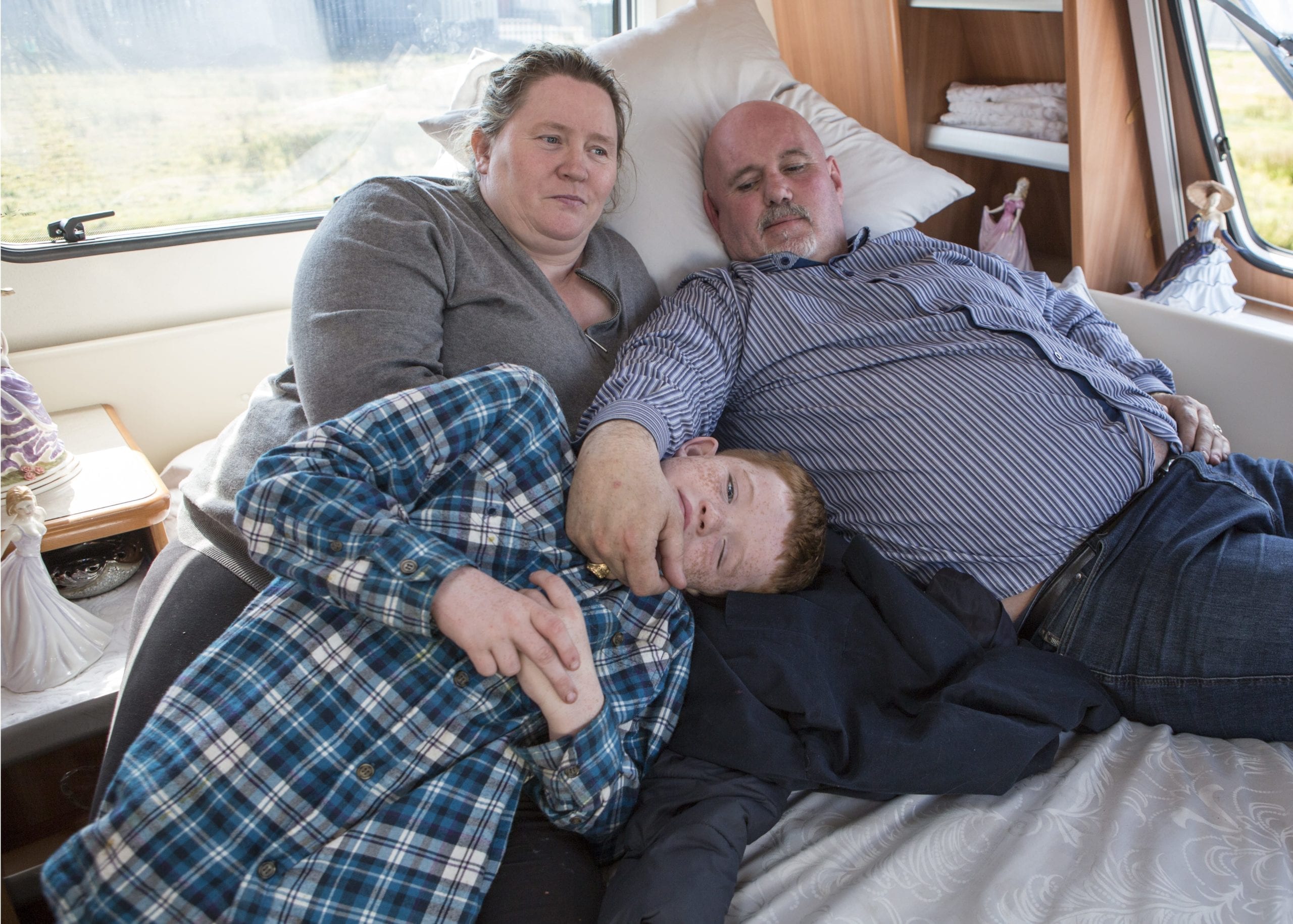
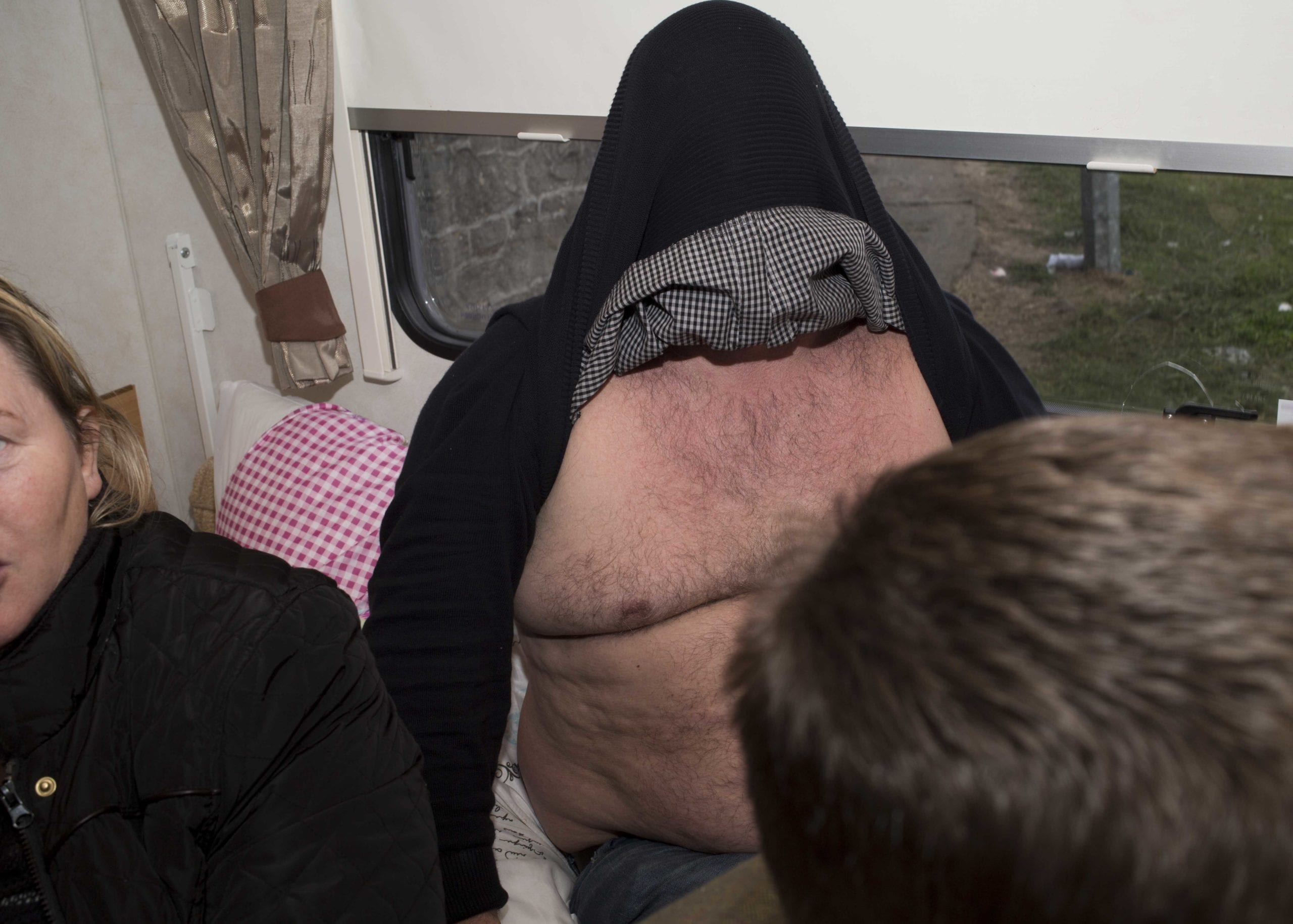
“I see my work as co-authored and at some point I want to produce a book that will include captions dictated by Pa. This is particularly important because illiteracy touches the vast majority of travellers. I also want to show the humanism and normality that exists alongside gangsterism. For example, some of my favourite images are the ones where Pa is pictured as kind father, which he is.”
It was only after three years of shooting that Barr discovered the extent to which gangsterism pervaded Pa’s life. Conscious of the fact that focusing on this aspect could play into prejudices which link criminality and the travelling community as a whole, Barr made a “conscious decision to avoid cliched depictions of the ‘outlaw’.” In the series, clues to the nefarious nature of events are hidden in the images.“There are Rolex watches with winders missing, fake Ralph Lauren shirts and caravans with white Italian leather seats. But you have to investigate the images to see this.”
In 1999 English photographer Perry Ogden shot a series called Pony Kids, which photographed Irish inner-city youths and their horses. Many of the youths were travellers resettled by government. Channelling Richard Avedon, each portrait was shot against a white background. Yet when plucked from their surroundings the stylisation of the pony kids sits uneasily with the reality of depicting a poverty-stricken underclass.
In contrast, Barr’s images are immediate, evoking the sights, sounds and sensations of traveller culture. A horse rears at the camera, a man reveals a tattoo on the inside of his lip, a young boy cradles three puppies close to his chest. “It is a very physical world that they inhabit and it’s a very physical world I inhabit when I am there. There is constant exhilaration,” Barr says.
Whereas Ogden crafted penetratingly still images, Barr’s photographic tempo brings a new visuality to the subject. His off-centre, fugitive images are “intended to reflect the fast-paced mode of speech of the community.” This mode of speech is known as Cant and is a mixed language spoken by travellers which borrows from English and Irish. “I would have a conversation with a traveller and they would stop midway through a sentence and move away”, Barr explains. In his images the photographic framing cuts off elements of the picture, presenting glimpsed moments half-understood. “Through the style I am letting the travellers see how they make me feel, how I view their world. What I see and don’t see. What I understand and don’t understand. At the end of the day, no matter how accepted I am, I remain The Other in this community.”
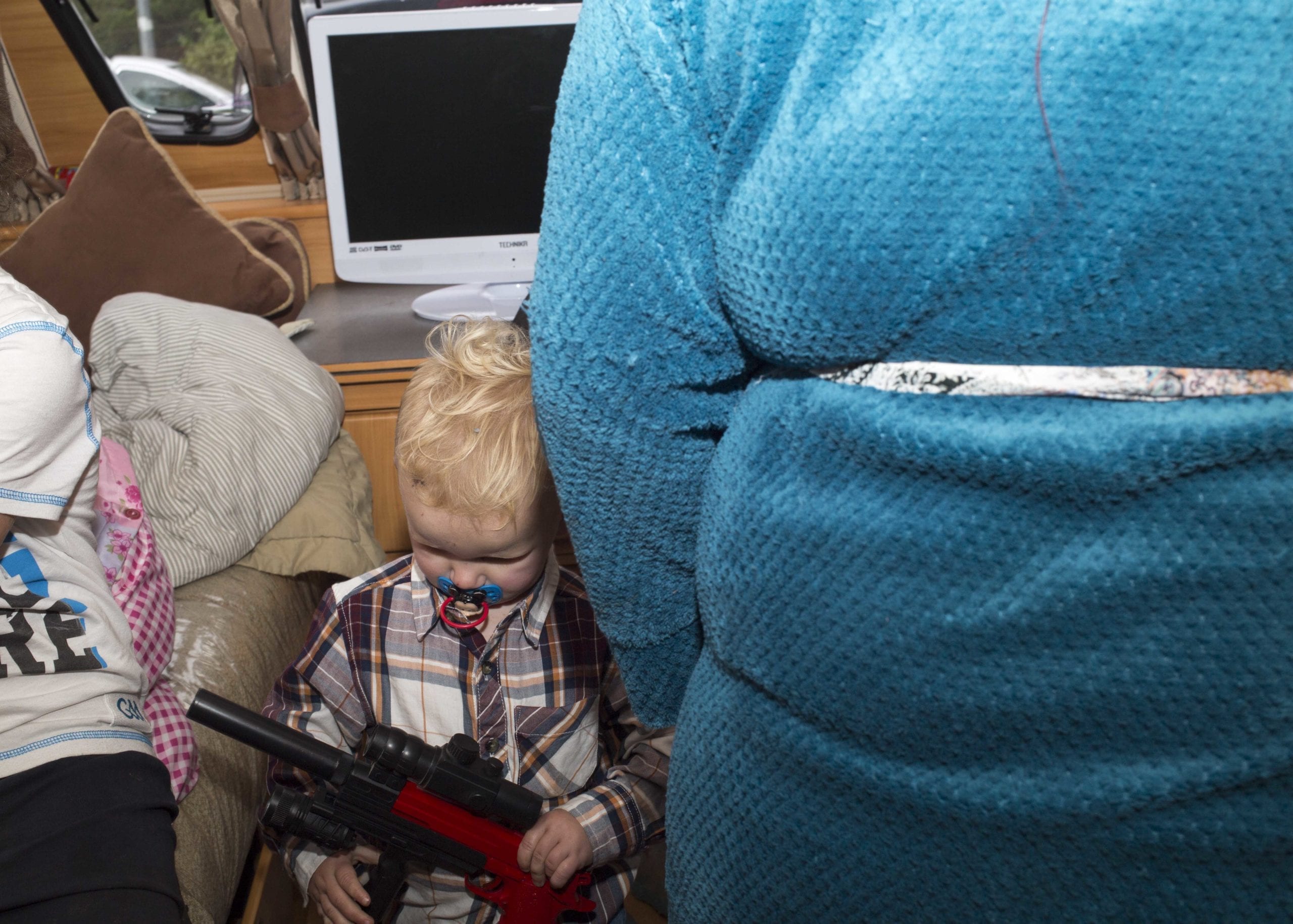
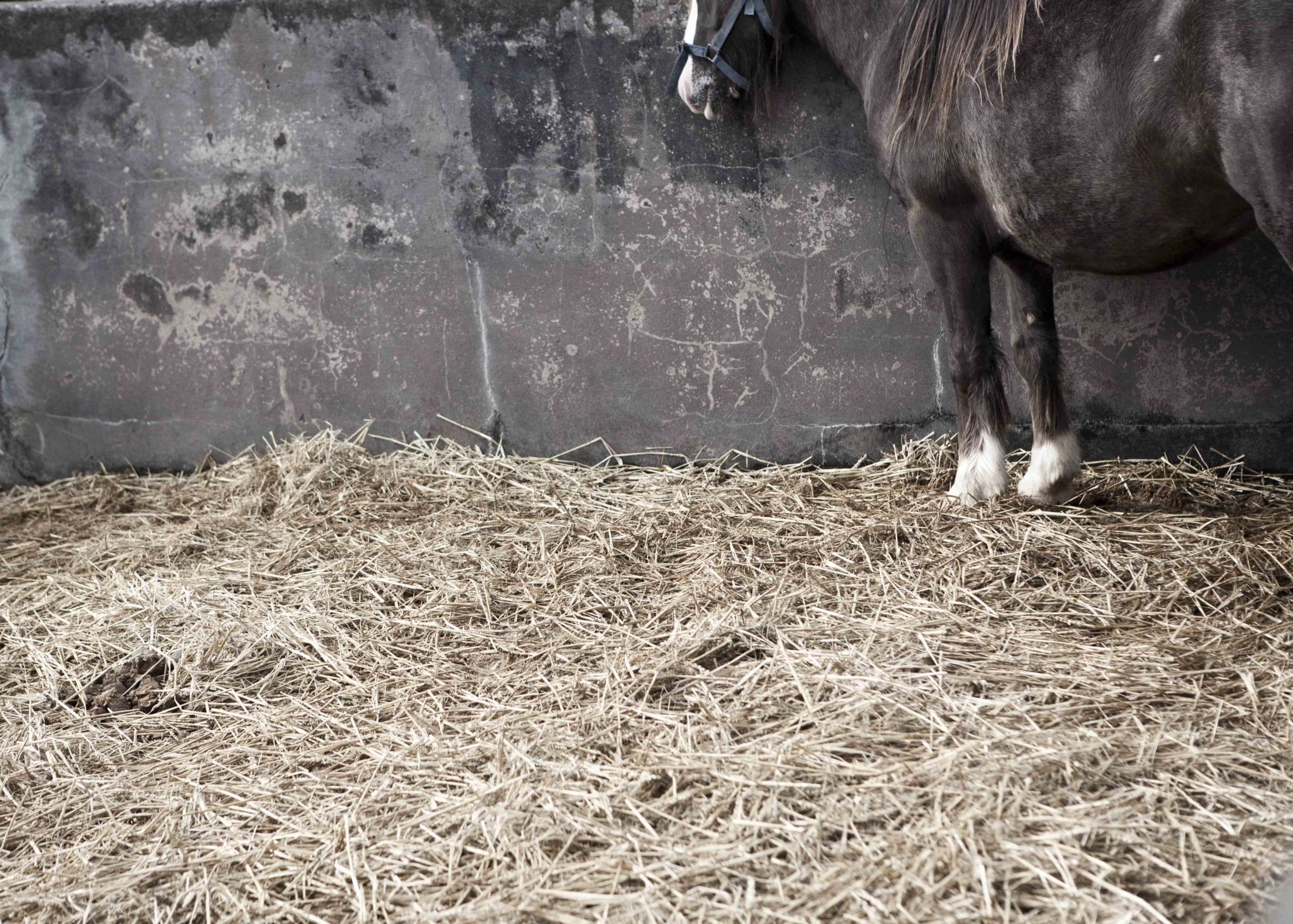
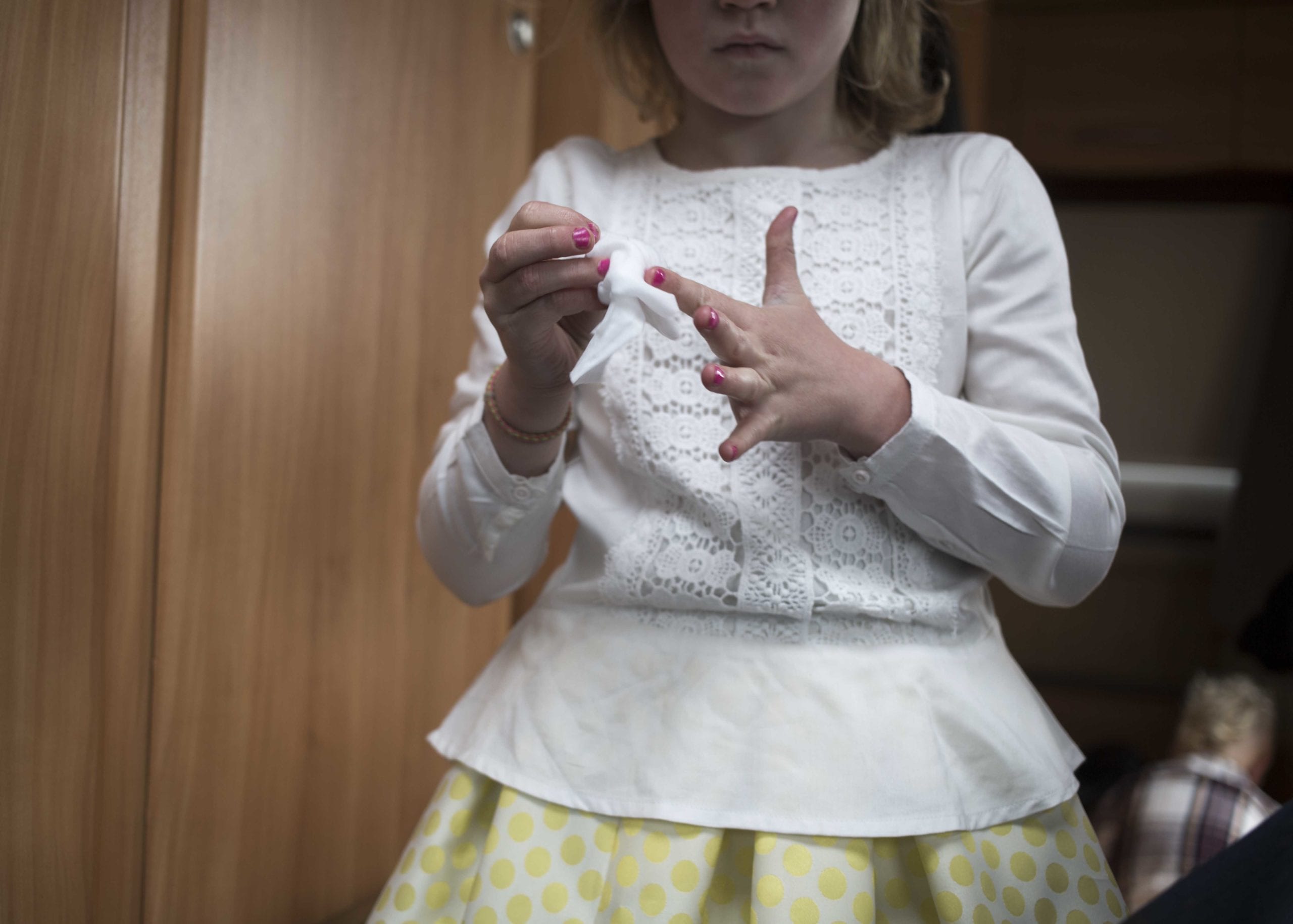
Barr considers himself an advocate for the travelling community and wishes to challenge the feelings of ambivalence and suspicion which remain endemic in Ireland. “It seems travellers are the last minority that many people find it acceptable to be openly racist to.
“In British law they are considered an ethnic group as opposed to in the Irish Republic where they are considered a social group. To secure a status as an ethnic group would give them the rights to education which of course is hugely important. From the government down they are treated very badly.
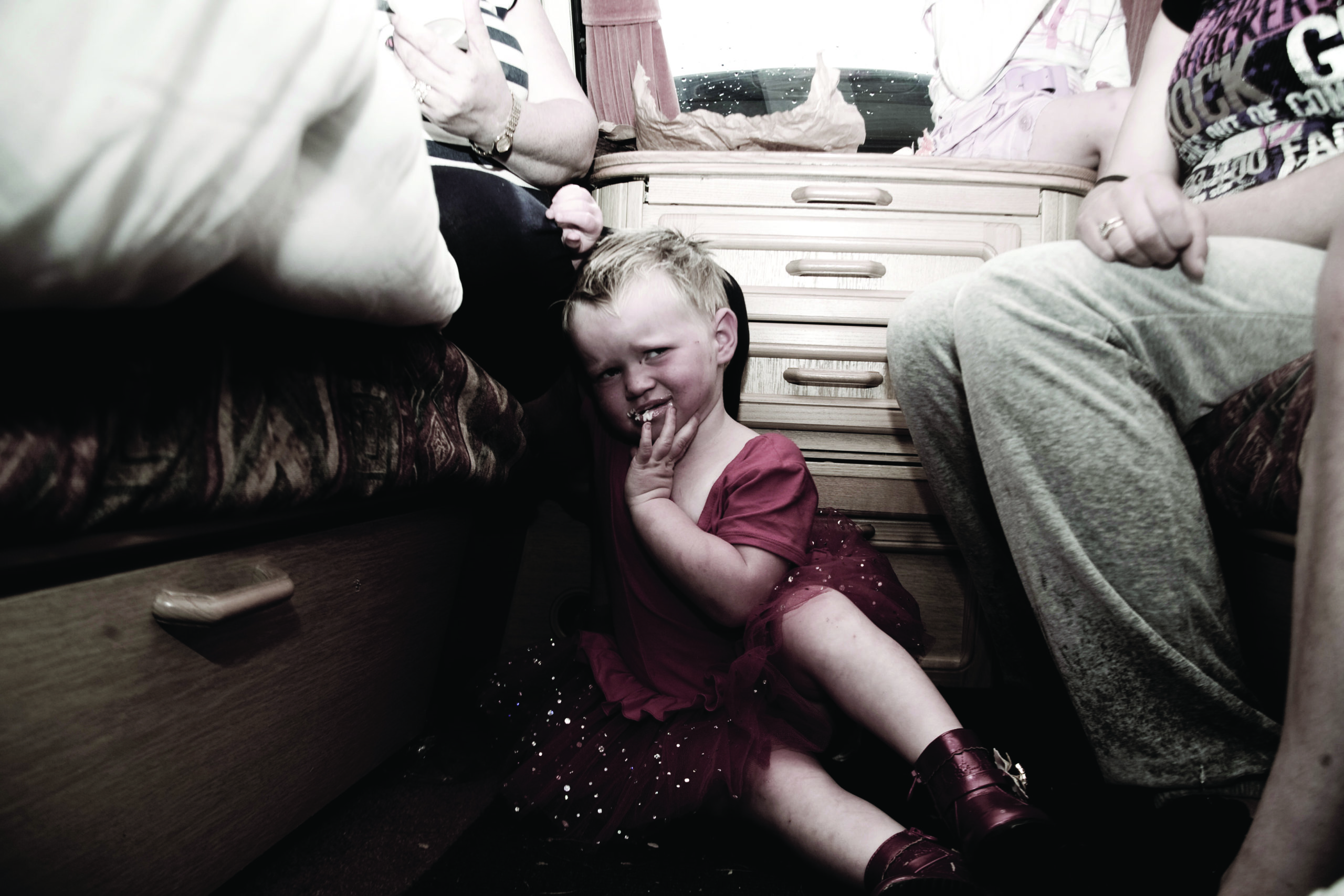
“Only one per cent of travelers will make it to the age of 69, and less than half will make it past the age of 39. Society has pushed them to a point where they have no fear. They have no fear of dying as they know they will die young, and no fear of prison as many have been in-and-out all their lives. If they turn to crime and violence, it is because they have been denied an alternative.”
Yet there are new developments within the community, especially in relation to how the younger generations are engaging with social media. “Social media is providing exposure to public discourse and increasing the literacy of the younger generation of travellers. This in turn will have implications for the future of the Irish traveller.” Barr hopes to pursue these developments at PhD level in the future.

